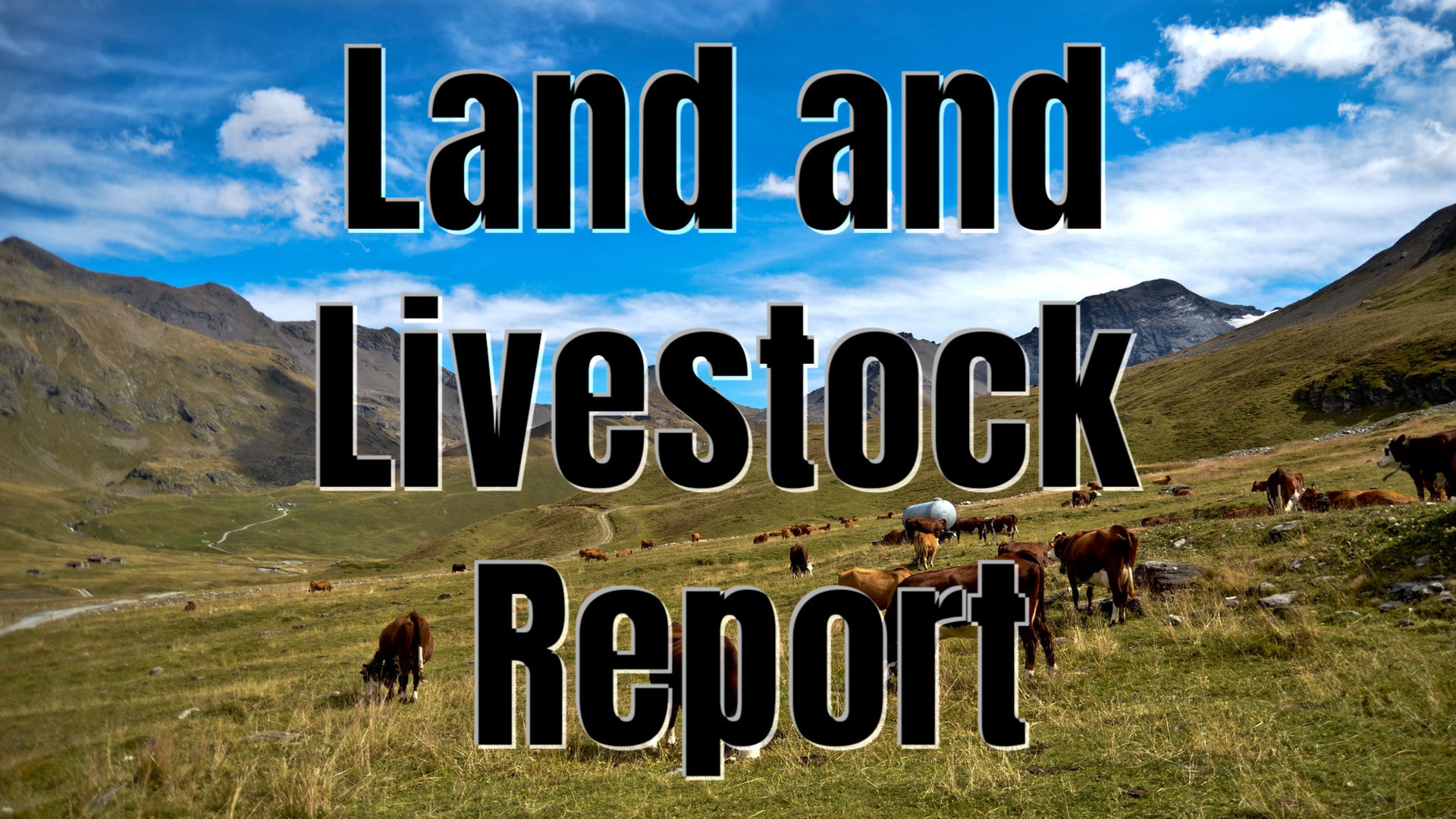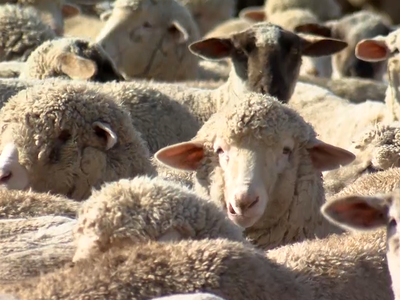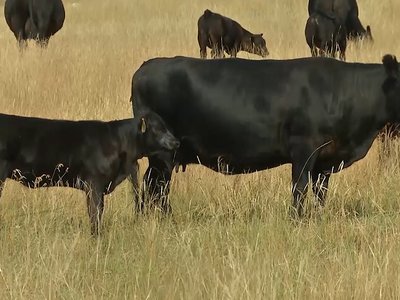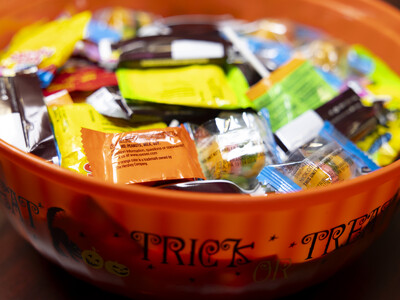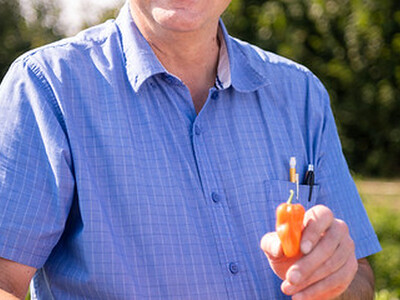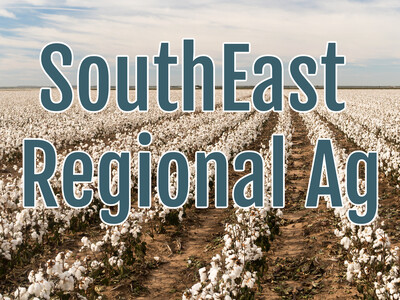Calf Roping To Tie Down, Rodeo's Efforts To Protect Stock
I’m Susan Allen. It’s rodeo season throughout the Northwest in places with names like Hermiston, Heppner, Ellensburg and Nampa cowboy and cowgirls are testing their mettle in front of thousands of people. Last year 30 million Americans attended a rodeo but the sport’s popularity comes with a price as folks that have never been around ranching voice concern for the animals involved, from the bucking horses to the roping steers . When Open Range return’s I’ll tell you how tie-down roping has changed because of it. I’ve taken my share of newbies to rodeos and the event that causes the most concern happens not only to be part of ranching current culture but also to be the one both my Father-In-Law and son competed in, tie down roping. Naturally I’m bias but for generations the sport that I feel requires the most athleticisms from both horse and rider was always known as calf roping. As rodeo popularity has grown bringing newcomers into the fold it’s name was changed to the more marketable, friendly “ tie-down roping “ along with adding rules to protect calves. At the college level cowboys will be disqualified if they jerk-down a calf. The PRCA now issues a $100 fine for the cowboy that jerks a calf and PRCA rodeos in California and the Canadian Professional Rodeo Association will disqualify an intention jerk down. The PRCA has a tough stance on dragging calves if a calf is drug five feet, even at snail’s pace by the calf horse the cowboy’s disqualified. In the 2004 Finals Blair Burke paid dearly for rodeo’s animal welfare effort, about $40,000 plus a world championship when he was disqualified for dragging a calf.


